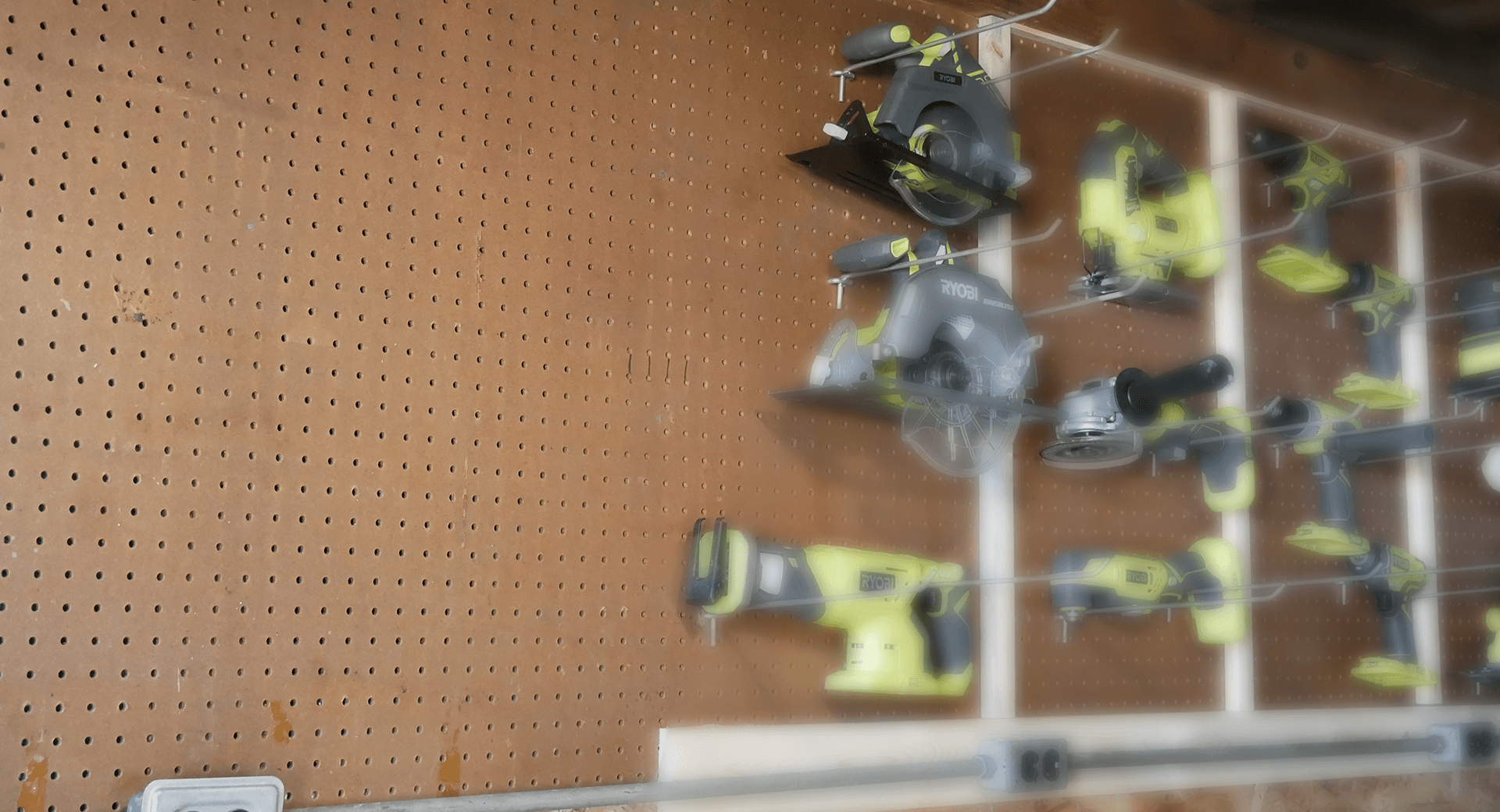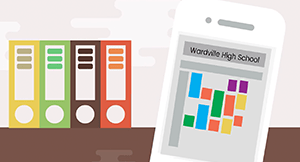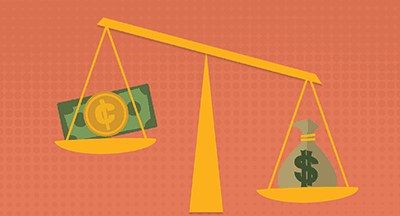
We live, and will continue to live, in an uncertain, ever-changing world. But you’re not alone if the recent uncertainty has seemed unmanageable.
Americans are currently experiencing economic despair, social injustice and tension, a presidential election, E-learning, social distancing, and a pandemic. This particular blend of 2020 events has led to a 300% increase in the number of Americans suffering from mental health disorders. With October 4-10th being National Mental Illness Awareness Week, it’s the perfect time to highlight ways we can all improve our overall wellness.
Build a mental health toolkit
Despite uncertainty, it is possible to add peace and calm in our lives by being proactive about our mental health. Whether or not you’ve been diagnosed with a mental illness, building your mental health toolkit might be one of the most beneficial things you can do for mental and physical wellbeing.What is a mental health toolkit? Well, it will look a bit different for everyone, but it is essentially three steps:
- Take a deep look at your life and examining your healthy (and unhealthy) habits.
- Notice triggers that cause worry or fear.
- Form a proactive plan to keep yourself happy, calm, and well.
1) Limit (or eliminate) media
With remote work and remote learning, it may not be possible to eliminate screen time all together. What’s more important, though, is what we allow ourselves to view when we are on devices after work or school. Limiting, or eliminating, media may be one of the most beneficial steps we take for our happiness and wellbeing. While it’s good to stay informed, if you find yourself compulsively checking news sites or social media at all hours of the day, it might be time for a break. The screen time features in your devices can help keep you accountable for your time spent scrolling.Tech sabbaticals, over a weekend or other prolonged period, can help loosen the grip of a social media or news habit.
Here are a few more tips for reducing screen time for families.
2) Create a COVID-free zone
Discussing COVID-19 is the new “talking about the weather.” It’s a convenient and relevant topic of discussion, but if it is causing you anxiety or stress it’s important to speak up. When catching up with someone, feel free to say, “I’m excited to be able to connect with you, but it would be great if we can avoid talking about COVID. It’s [exhausting, draining, making me angry, giving me anxiety, etc.]” COVID-19 is affecting many areas of our lives, but it doesn’t need to take up precious mental space and connections with others.3) Move your body
As many people are now working and learning from home, we are naturally moving our bodies much less. Incorporating fun exercise is a great way to boost your mood, energy, and keep your body healthy. If you are avoiding gyms, home workouts have the same positive effect. YouTube yoga, going for a walk, and dancing to your favorite songs are great ways to exercise for free, while staying socially distanced. Here are some great at-home workout programs—no equipment required.4) Enhance your virtual connections
While introverts may be rejoicing at the fact that all plans are cancelled, we all need connection at a fundamental level. Right now, humans are struggling to be human. We weren’t made for prolonged bouts of distancing ourselves from family and friends. We were designed for connection beyond a screen. If it’s not possible for you to meet with those in your circle in-person, consider enhancing your virtual connections with a little creativity. Get dressed up, set the table, and enjoy a fun dinner while video chatting a friend. Plan a virtual bingo night with Zoom or find fun game apps like Words with Friends to play with others. With a little extra effort, virtual connections can become more meaningful.5) Stay two steps ahead with a proactive plan
Ditch the self-care guilt and pack your schedule with things that make you happy and healthy. Schedule fun things each week, like trying a new recipe, learning a new hobby or skill, reading a book, or connecting with friends. To stay consistent with exercise, it’s important to find a physical activity that you enjoy, even if you start with 15 minutes per day. Your weekly planning goal is to stay two steps ahead of your mental health. We recharge our phones every day without fail- why don’t we prioritize recharging our own batteries?Once you get the hang of it, share your mental health toolkit with those you live with, family and friends, and colleagues. Be proud of the tools you’re sharpening and hold yourself accountable through sharing.
If you are experiencing persistent anxiety, fear, or sadness, don’t hesitate to reach out to your doctor or an online psychologist. You can also find immediate mental health help by calling 1 (800) 662-HELP (4357).
Follow-up resource: Protecting educators’ mental health
Empathy is a renewable resource, but burnout is very real. Here’s how to help manage educator empathy.WHAT'S NEXT FOR YOUR EDTECH? The right combo of tools & support retains staff and serves students better. We'd love to help. Visit skyward.com/get-started to learn more.

|
Emily Katz Edtech Thought Leader |


.jpg)

